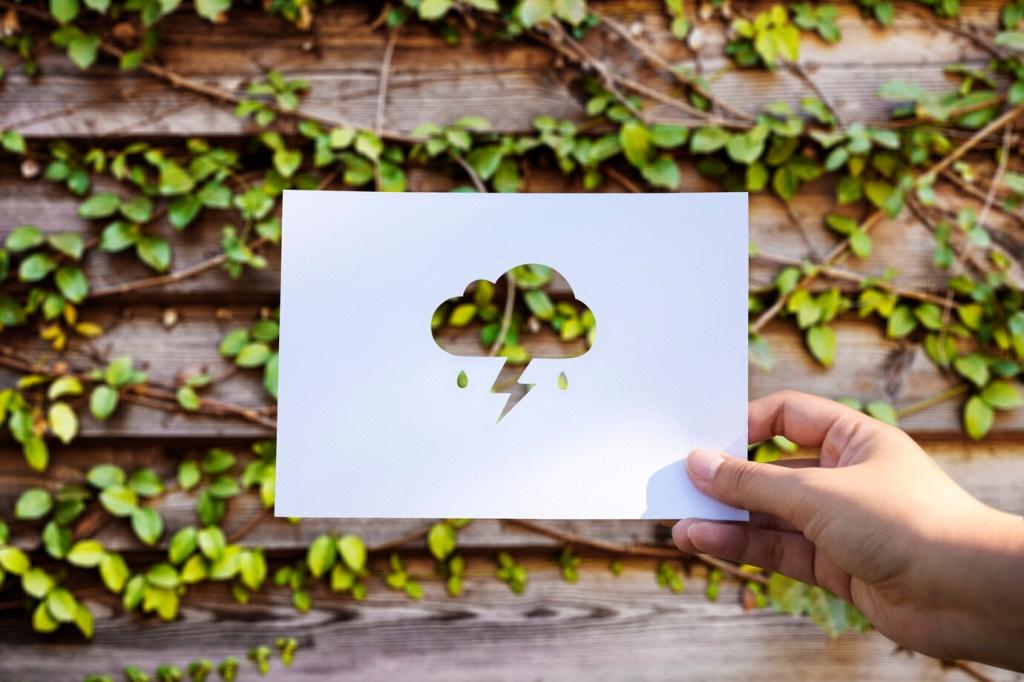Jojoba and Lanolin: Stable Natural Conditioners That Polish Without Grease
Jojoba is a liquid wax ester, far more oxidation-stable than many kitchen oils. Mist a cloth lightly, not the leather, and pass over the surface with featherweight pressure. Expect a crisp, revived glow rather than oily glare or residue.
Jojoba and Lanolin: Stable Natural Conditioners That Polish Without Grease
A tiny amount of lanolin blended into beeswax improves flexibility and water resistance. Warm the piece gently, apply sparingly, and buff thoroughly to avoid tack. If wool sensitivities concern you, stick to jojoba-only blends and share your alternatives.


